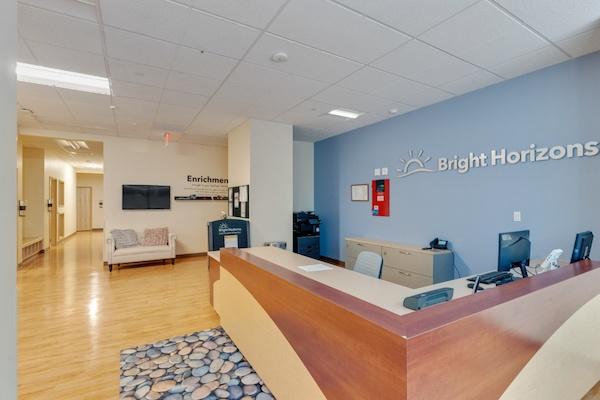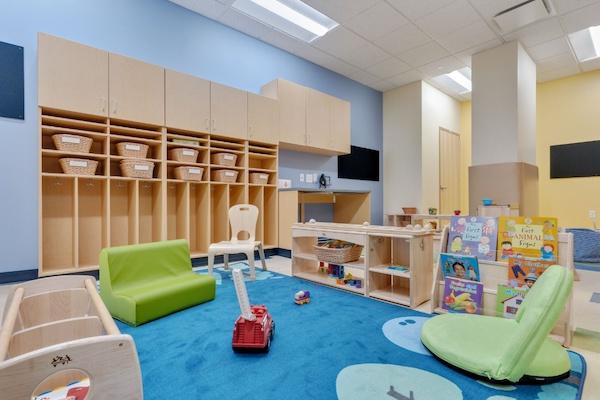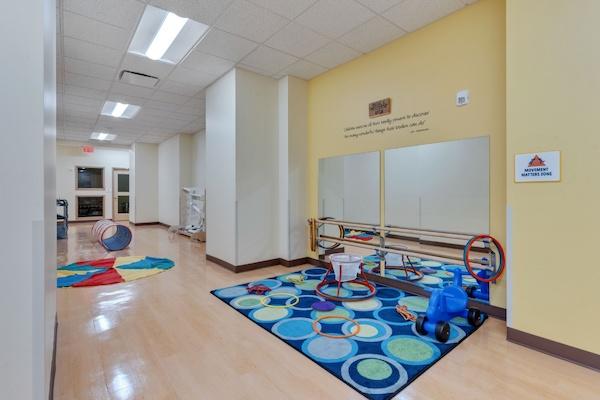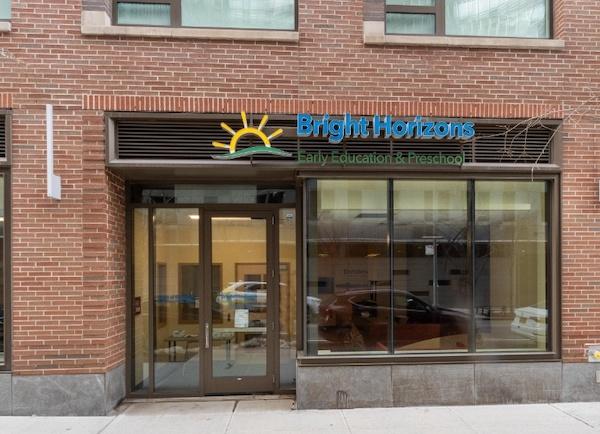As a parent, one of the most important decisions you’ll make is choosing high-quality child care that makes you comfortable and where your child can learn and thrive. With so many options available, from size to curriculum style, as well as other considerations (“Will the hours of operation accommodate my work schedule?” or “Are snacks and meals provided, or do I need to pack food?”), it can be challenging for parents as they start the search.
Trusted by parents throughout New York and beyond, Bright Horizons®, a leading global provider of high-quality child care and early education, shares some additional factors to consider when making your child care decision.

Health and Safety
Nothing is more important than your child’s health, safety, and well-being. When evaluating child care, you want to make sure you learn about all health and safety protocols — including exclusion policies and health screenings — and confirm that the practices align with CDC, state, and local guidance. Additionally, find out if the child care program consults with any medical experts.
Be sure to read up on the child care program’s specific rules and measures for face coverings, class sizes, handwashing, distancing, and sanitizing. Day to day, you’ll also want to know how children are supervised, how many teachers accompany the group, and how illnesses and injuries are managed.
Responsive and Caring Teachers
Teachers are at the heart of any child care program. The tone of their classroom should be calm, yet busy. The younger the children, the more often teachers should be on the floor engaging at their level. But teachers for all ages should be frequently talking and interacting with children, always using a pleasant tone. When evaluating child care for your family, learn more about the teachers in the program; and ask about hiring, training, education opportunities, and retention practices.
Early Education and Curriculum
Infant programming should be completely personalized to each baby’s needs. Classroom experiences should provoke curiosity and provide for open-ended exploration alongside the guidance of teachers. Early learning curriculum should be designed to both meet the interests and developmental needs of each age group, and address critical social and emotional competencies.

Classroom Environments
The early childhood years are unique, and the classroom environments should be uniquely designed for this joyful stage. Look for furniture that’s appropriately-sized for the youngest of children; carefully selected elements that consider safety; and materials that make the classroom feel less like a mini-elementary school, and more like home. Additionally, there should be soft, clean, cozy places for quiet time; ample space for children to move and explore; and the room to be socially distant when necessary.


Partnership with Families
The program you select should welcome all families. Beyond just inclusive practices and policies, the center should proactively engage voices via parent partnership groups, and welcome open, ongoing dialogue via live or virtual events and conversation.
Finding the best child care for your child doesn’t have to be complex and intimidating! Asking lots of questions, and even having a checklist handy as you evaluate options, will help you identify an environment where your child will feel safe, happy, and in the best of care.
Early Education Isn’t What We Do — It’s Who We Are
At Bright Horizons, we know quality care and learning can be life-changing for children and parents, and we’ve created research-based curriculum that’s designed by educators and delivered by highly trained, professional teachers to engage children and support parents. Our goal is to provide environments that are great places for childhood and prepare children for success in school and life.
Located in Hell’s Kitchen between 10th and 11th Avenues, its newest location, Bright Horizons at West 53rd, is now accepting registrations! Learn more here.





